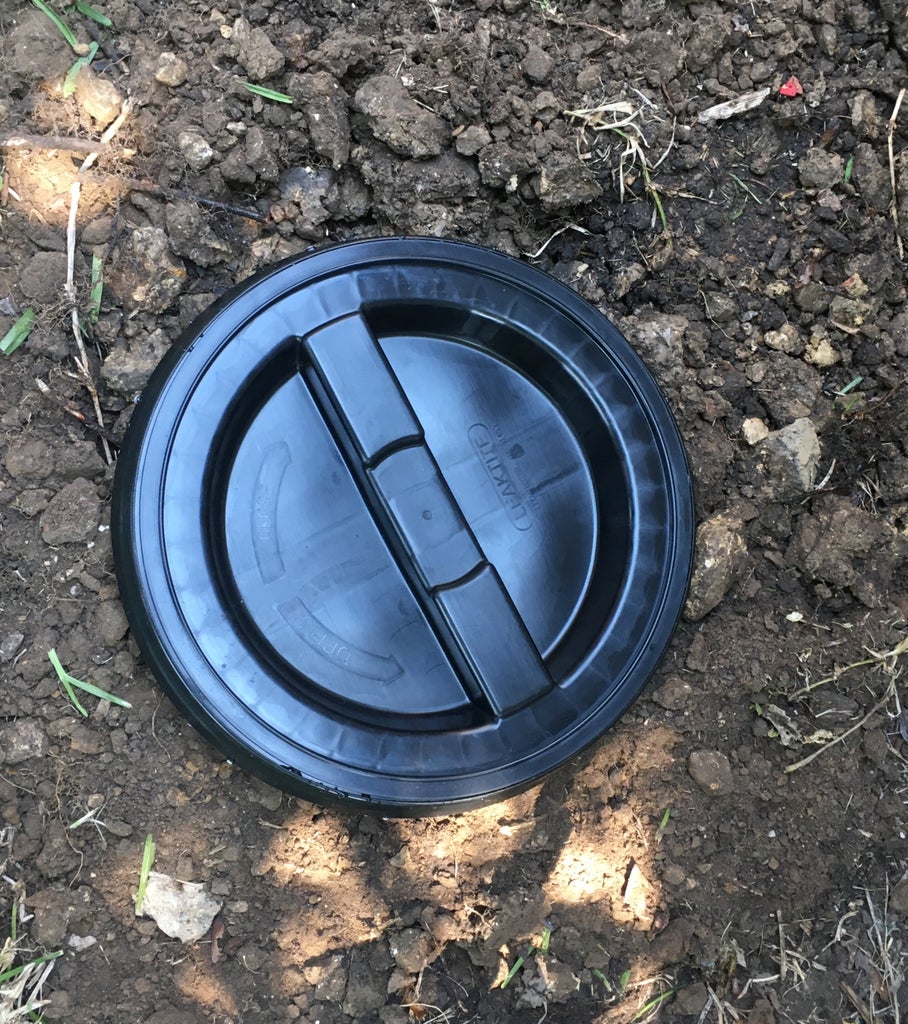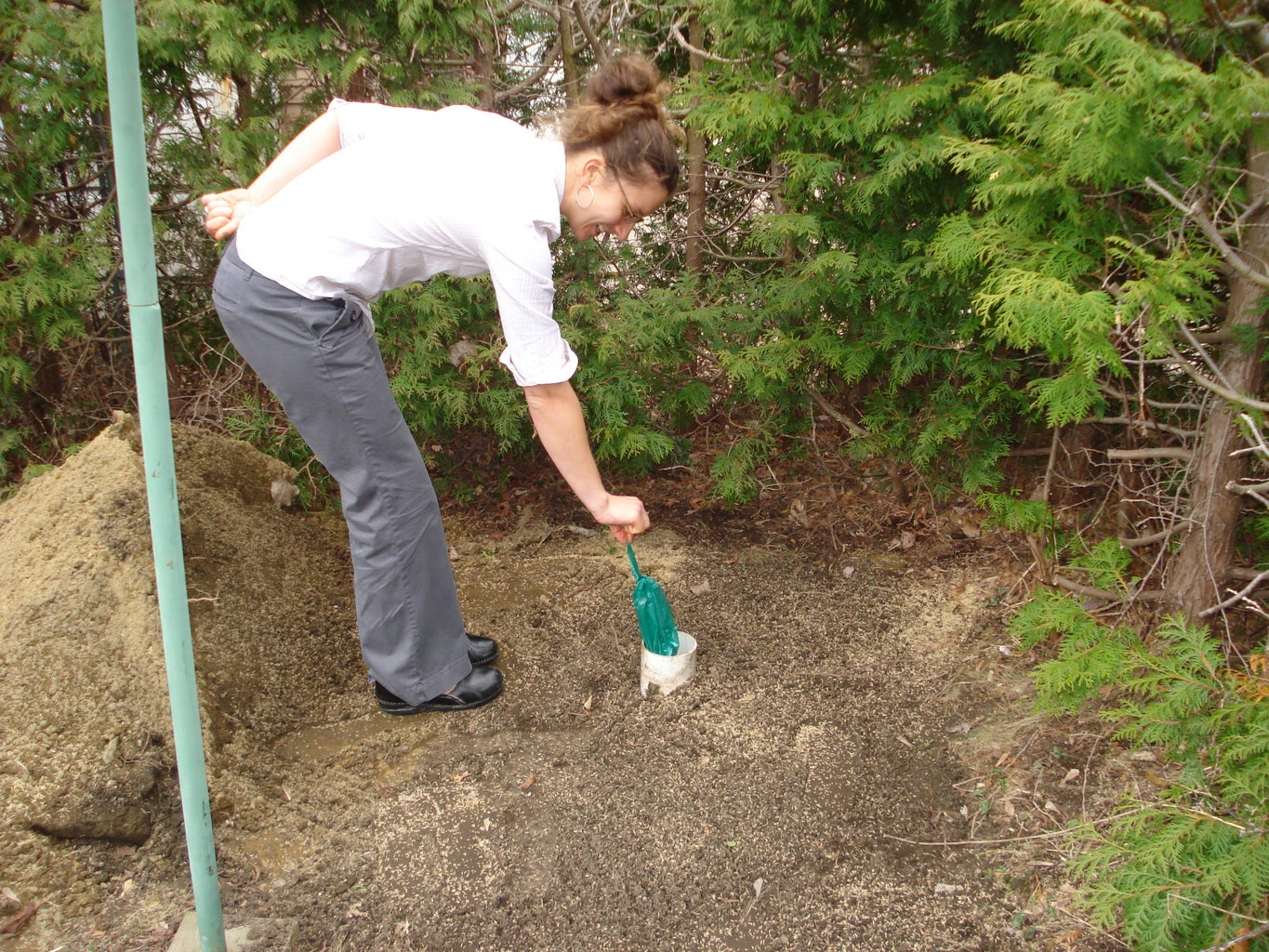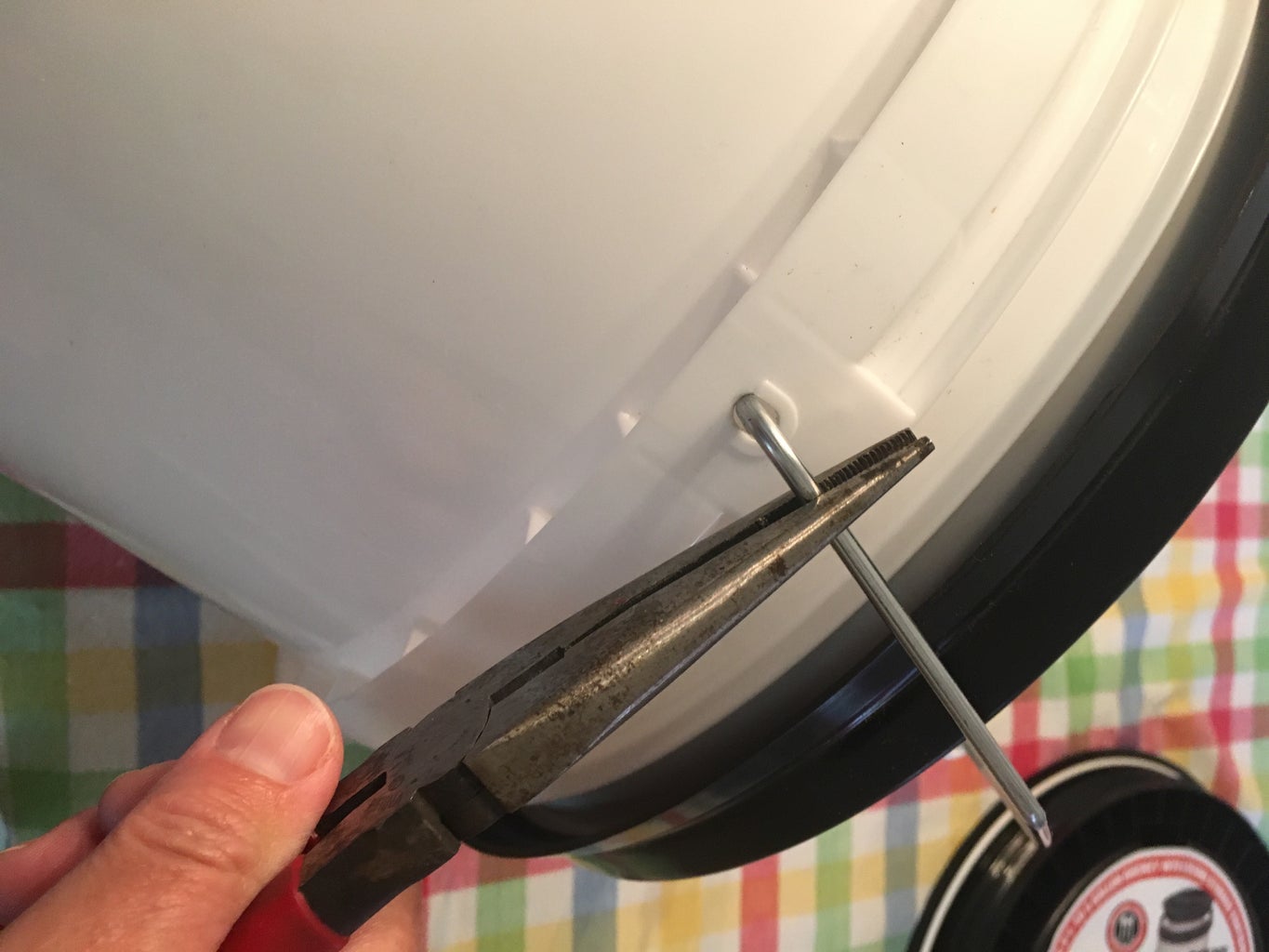Introduction: DIY Doggie Septic System With Natural Starter


Six days ago, we adopted our sweet boy, Watson, from the animal shelter. It has already been such an adventure having a five month old puppy around. He’s high energy and super loving. I wish I had as much energy as he does. Since it has been a long time since we have had a dog, we needed to make some adjustments and some purchases. We have purchased dog food, a collar, a leash, chew toys, and a crate among other things. We even purchased the bags for picking up doggy waste. It’s pretty gross but I have always appreciated it when other people were kind and removed their pet’s mess from my yard. Nobody wants to step on that stuff! Ewwwww! Our dog also uses our backyard as his personal toilet. So far, he has been very observant of my garden and flowers. I guess I just got lucky. Woo hoo! We have been bagging the tiny land mines and placing them in the dumpster in plastic bags. But, I felt like I wanted to approach the issue a different way. Many people have septic systems for their homes; it is a fairly simple concept. All of the hard work is done by bacteria. I decided that I needed that type of system but on a much smaller scale for my little fur ball. I wanted to make a system out of a bucket with some sort of lid that was fairly secure. It should have holes for drainage. Septic systems have three layers to them. Solid waste goes to the bottom, liquids, are in the middle, and fats are on top in a scum layer. As bacteria breaks down waste, the waste moves through the layers. Liquids and fats can move out of the system through holes and then are further broken down by aerobic bacteria in the dirt. I had an idea in mind for the containment system but I did some research to find a septic starter that would be fairly safe in my backyard. I went to the big box hardware store and looked at their septic system starters. A septic system starter has bacteria and enzymes in it. Some of them had various chemicals in them. ALL of them had warnings on them about being harmful to people with allergies. They also had warnings about being irritants and not to use around pets or children. Well, that wasn’t going to work for me. I have allergies, children and a pet! Mr. Internet had just what I needed: a recipe for a natural starter that has kitchen ingredients such as yeast, cornmeal, powdered sugar and water. Yeast, as a fungus, works great to break down starches. I was a little concerned about the sugar because I live in Texas and ants are an everyday occurrence but I also know that cornmeal is a natural ant killer. They eat it and their stomachs rupture! Cool. I was in business. I also knew that there was plenty of bacteria, anerobic and aerobic, in our soil. Yea for nature! I set to work to design and implement my puppy poopy system and here’s what happened:
Introduction: Big Dog Poop Composter (made From Salvaged Materials)


With garbage dumps becoming full it has become very important to find an alternative to simply tossing your pets waste into the trash. I have always liked the idea of composting my pets waste, but didnt want to add it to my garden compost. That is why I decided to build a separate composter specifically for doggy doo. I had originally planned to purchase a dog waste composter, but quickly realized that I need a much bigger one than is on the market in order to handle all of the waste from my 70 lb. Labrador Retriever. Big dog, Big poop, Big composter. I decided to create this Instructable to help others deal with their pets waste in an environmentally sound manner. Tools & Materials: All that you will need to build a waste composter is a shovel, a saw, a drill, 4″ pvc pipe, and a vessel of some sort. First find your vessel. I decided to use a salvaged plastic 55-gallon barrel and give it a third life. A 5-gallon bucket or a trash can would work if you have a small dog. Rather than recycling the barrel I simply reused it. I got it from our local coffee roaster and used it as a leaf composter for a couple years. Be careful that you dont use a barrel that may have had toxic chemicals in it. Mine used to be full of French vanilla flavoring. That stuff is fairly harmless. I have also entered this Instructable in the Epilog Challenge, so please remember to vote.
Step 4: Removing the Handle

Use the needle nose pliers to remove the handle from the bucket. You probably could save it and use it for another project.
DIY Doggy Septic Build & Install
Doggie Dooley pet waste disposal systems were first manufactured in 1968. For over 40 years theyve provided people with an excellent way to handle their dogs poop.
There are two main types of doggy dooley, the leach bed system and the septic tank system. Your soil conditions and climate will dictate which system is right for you and your pet.
Will the Doggy Dooley Work for Me?
The Climate Issue – All the doggie dooley systems, and the similar do it yourself systems, work using a septic system starter. This is a biological product. Essentially, it contains the bacteria that will digest your dogs poop. These bacteria become inactive at temperatures below 40F or 5C. So, if you have long cold winters you will need some other method to handle pet waste during this time.
The actual system can remain outdoors over the winter no problem. It is durable and designed to survive freezing conditions. However it can not process poop in cold conditions.
The Soil Issue – Before buying a dog dooley, or building a similar system on your own, check your soil drainage.

To check your soil youll need to dig a hole. Call before you dig to make sure you arent going to hit a gas or utility line. In the US call 811 and youll be put in touch with the people in your state. In Canada and other countries google “call before you dig” and your location to get the number to call.
The test hole can be smaller than the real hole youll be digging out. Make it about 1 foot (30 cm) in diameter and 2 feet (60 cm) deep. Pour 5 gallons (20 liters) of water into the hole.

After 24 hours check the hole.
- If all the water is already gone your soil is sandy and you will need a septic tank style doggie dooley.
After 48 hours check the hole.
- If there is still water in the hole your soil does not have good enough drainage for any of the doggie dooley models nor is it suitable for a do it yourself system.
- If it is now empty of water you can use either the septic tank or the leachate bed type systems.